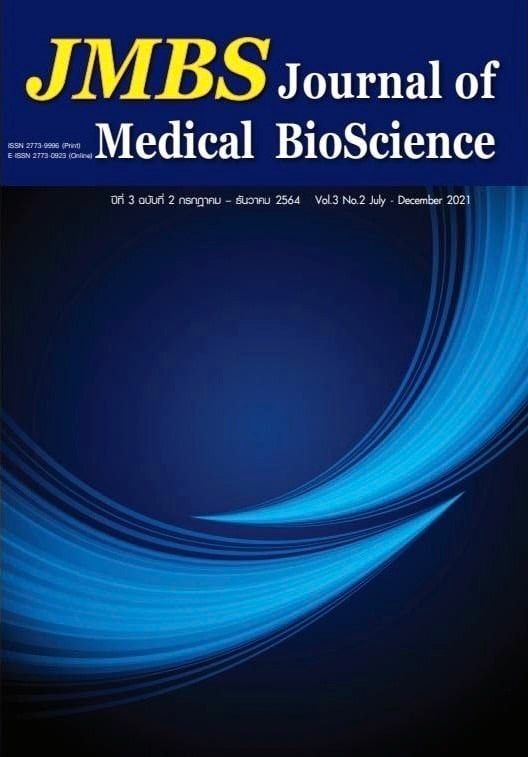Monoclonal Anti-P1 reagents: Potency and false positive reaction
Keywords:
Monoclonal antibody, anti-P1 reagentAbstract
Background: Anti-P1 naturally occurs; it is the less clinically significant IgM class and mainly found and optimally reactive at 4 - 25 oC. The anti-P1 that reacts at 37 oC is clinically significant and causes immediate and delayed hemolytic transfusion reactions. P1 - RBCs should be provided for patients. Therefore, P1 antigen should be detected in donated blood and in patients with anti-P1.
Objective: To determine potency and false positive reaction of anti-P1 reagents used at the National Blood Center, Thai Red Cross Society.
Methods: Six polyclonal anti-P1 reagents and six monoclonal anti-P1 reagents were produced from different clones. The potency test was performed on strong P1 and weak P1 red blood cells. These reagents were tested for false positive reactions with P1 -(T+) and P1 -(DAT+) red blood cells.
Results: The six polyclonal anti-P1 reagents had a titer of 8; a total score ranging from 29 to 37 with strong P1 cells and a titer of 4; a total score ranging from 18 to 23 with weak P1 cells, respectively. The six monoclonal anti-P1 reagents had titers ranging from 16 to 256; a total score ranging from 50 to 91 with strong P1 cells and titers ranging from 8 to 64; a total score ranging from 33 to 67 with weak P1 cells. The four polyclonal anti-P1 reagents showed false positive reaction with P1 -(T+) red blood cells. Two of polyclonal anti-P1 reagents and all of six monoclonal anti-P1 reagents showed no false positive reaction with P1 -(T+) and P1 -(DAT+) red blood cells.
Conclusion: Monoclonal anti-P1 reagents had higher titers than polyclonal anti-P1 reagents and no false positive reaction with P1 -(T+) and P1 -(DAT+) red blood cells. As a result, these monoclonal anti-P1 reagents are appropriate for blood banking to detect P1 antigen on red blood cells both of donors and patients.






